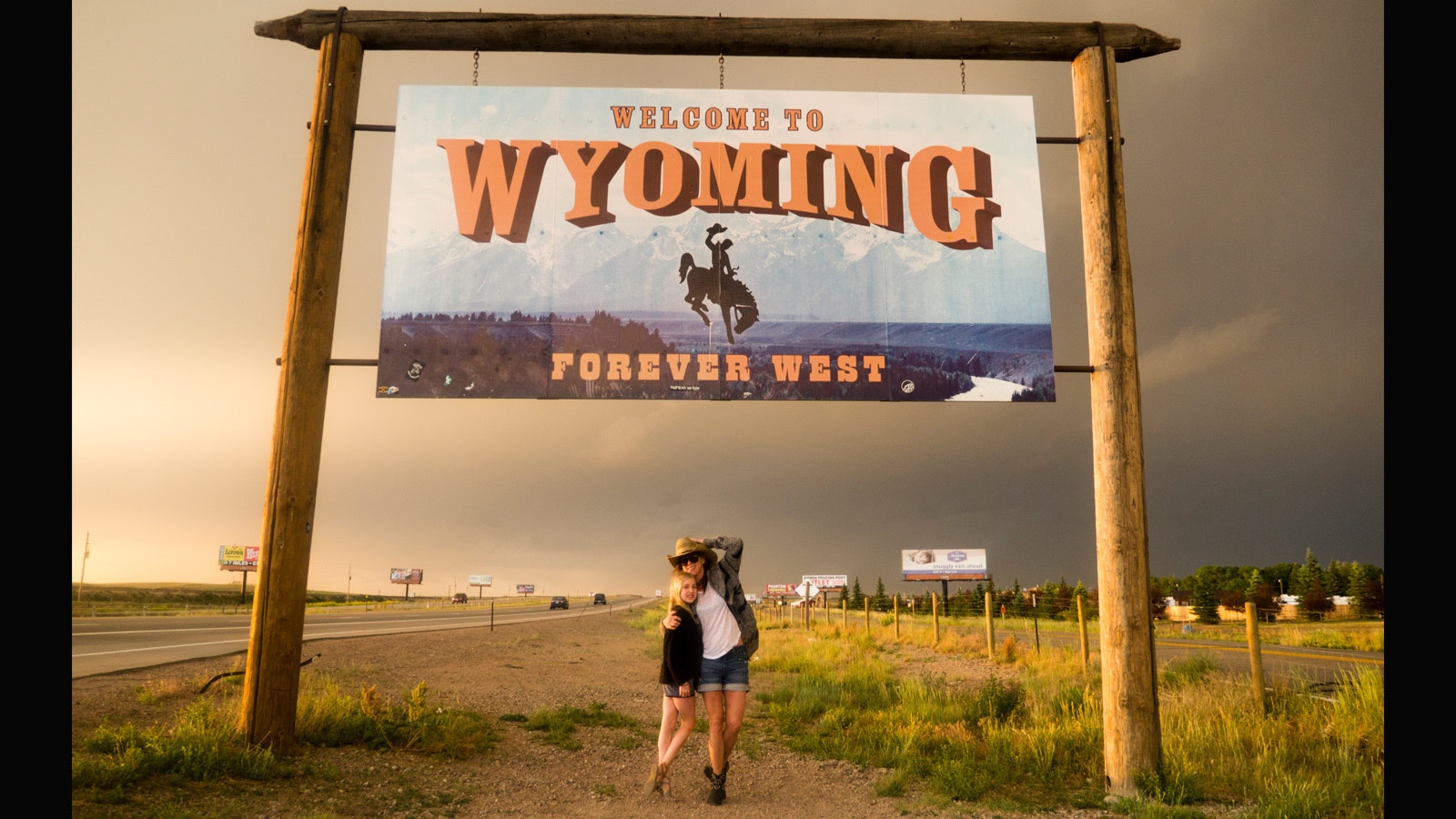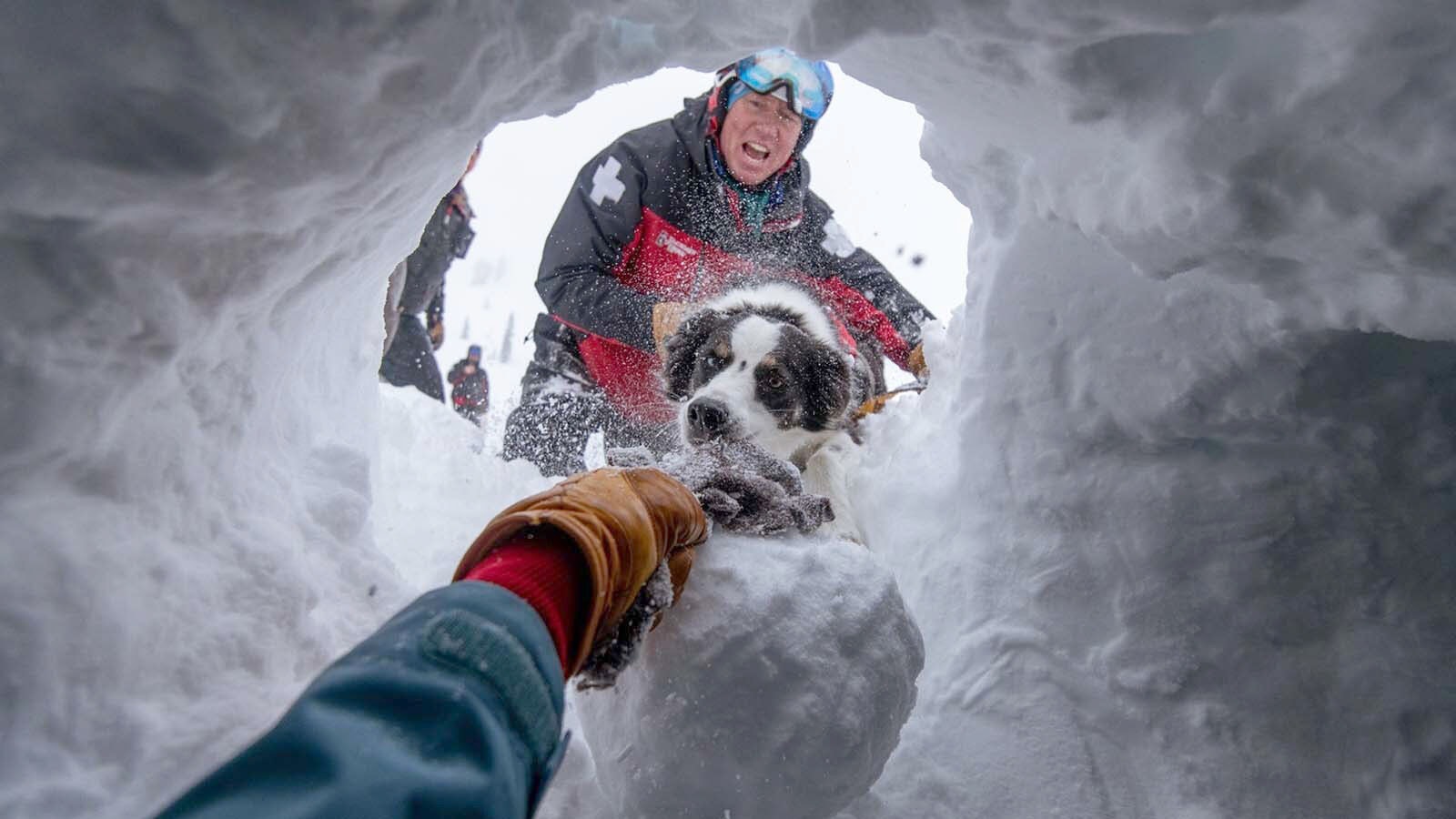By Renée Jean, Business and Tourism Reporter
renee@cowboystatedaily.com
Wyoming is where the deer and the antelope play, as well as moose, elk and many other wild creatures. That untamed wildness draws upwards of $500 million in tourism dollars to the Cowboy State every year.
That heft has inspired a new program, Wildlife Tourism for Tomorrow, that aims to ensure wildlife remains a sustainable commodity for the future, even as the state’s popularity continues rising. Movies and television shows like Yellowstone, have helped with that, playing up the state’s cowboy mystique to the nation at large.
“A lot of people who come to visit our state for not only tourism reasons, but what I would call consumptive — hunters, fishermen, anglers, those kinds of guys — they come here and fall in love with our area,” Buffalo realtor Mark Wilson told Cowboy State Daily. “I’ve sold multiple properties to people who are hunters and fishermen.”
Wilson so believes in the cause of Wildlife Tourism for Tomorrow that he has volunteered to serve as chairman of the new program’s parent organization, Wyldlife Fund. He has even set up his business to donate a percentage of every sale he makes to the new program.
Wilson often sees wildlife when he’s showing properties to prospective buyers, and admits it is a definite advantage to making a sale. It’s not a guarantee, of course.
“It would be a detriment to my business if we didn’t have the resources and wildlife that we have right now,” he said. “I believe that 100 percent.”
Jackson Is Epicenter
While Wilson’s real estate business is located in Buffalo, the Wildlife for Tomorrow Program really has its roots in Jackson, and began with an idea by Taylor Phillips, Wyldlife Fund President Chris McBarnes told Cowboy State Daily. .
“Taylor owns a wildlife watching business in Jackson, where, of course a lot of tourism comes from Teton County, obviously elsewhere as well,” he said. “But this is something very close to Taylor’s heart, and he simply wanted to challenge himself and his industry to give back to this very precious resource that they depend upon.”
While Jackson might be the epicenter of the program, McBarnes believes the program will spread across the state. In its short lifespan, it’s already attracted upwards of $200,000 for projects across the state, projects that are not just good for wildlife, but humans at large.
“Our mission is to unite people, because, in the day and age we live in, there’s so much fighting that goes on,” he said. “But wildlife is one thing that we can all get behind and love. Through this program, what we’re saying is, let’s make common sense investments into habitat and research that we can all get behind.”
Watching The Elk
From his office in Jackson, hotel owner Steve Meadows can often see wildlife wandering by on the nearby hills.
“People come here because we’re on the border of Teton National Park and 50 miles from the South Gate of Yellowstone,” he said. “They come to see wildlife and incredible vistas, you know, beautiful mountains and wilderness.”
Meadows has hotels just south of the National Elk Refuge, where vast herds of elk can be seen nibbling at whatever manages to poke through the snow on any given day in winter. Moose and deer wander into the space as well, and it’s a tourist magnet. It’s very common to see motorists pulled over in areas designated for that very purpose, to watch the show from a safe distance.
“I can sit at my window in my office here and probably count 30 to 40 deer up on the butte just outside town that’s just, you know, only a couple of blocks from my office,” he said. “We’re very fortunate to have a lot of wildlife around us.”
Meadows supports Wildlife Tourism for Tomorrow because he believes it is up to the businesses benefitting from wildlife tourism to ensure that it’s always like that for future generations. Among projects he’s supporting is one that placed radio collars on elk, to track their movements.
“The more information we have about elk movements, the better able we are to target, as a conservation community, to target the habitats that are critical to the maintenance of those populations and their enhancement,” he said. “That data can be very, very valuable in terms of targeting habitat projects.”
One Big Ecosystem
It’s not just hotels and realtors, though, who see wildlife as a vital tourism resource. Cowboy Coffee Company’s Rob Ottaway in Teton County sees it as essential to his business model as well.
“Just like energy, you know, there’s a lot of agencies involved in managing all that, and you know, we put a lot toward that,” he told Cowboy State Daily. “So, it would make sense that we kind of do the same for wildlife, and make sure we are really helping Game and Fish as much as we can.”
Ottaway particularly likes that the organization is thinking about the issue statewide, rather than just in Teton County.
“These are migratory animals,” he said. “A lot of them don’t abide by county orders. You know, like the pronghorn that are here, they’re in Sublette County and Lincoln County in the winter. And the elk, some of the elk that come through here are in Park County, or you know other places in the summer.”
Ottaway hopes other business owners will join him in looking at the whole ecosystem, across the region and the state, to preserve it for years to come.
“The Greater Yellowstone, which is huge, encompasses a lot,” he said. “Even past that, the Red Desert is kind of part of the equation too, and so yeah. It kind of stretches out, once you think about it.”
Saving The Humans Too
Donors can go to Wildlife Tourism For Tomorrow’s site to choose the projects they want their funds to go to, McBarnes said. The wildlife crossing project for U.S. 26 near Dubois has attracted a lot of attention.
From 2015 to 2019, wildlife vehicle collisions were 74 percent of all vehicle crashes in the area, costing an estimated $791,400, according to project data at Wildlife Tourism For Tomorrow’s website.
The project outline includes three underpasses and one overpass, as well as wildlife guide fencing, to help direct wildlife into the crossings.
Improved line of sight, by controlling the kinds of vegetation, and improved lighting, seasonal speed limits, and wildlife detection systems where appropriate are also listed as project objectives.
Other projects listed at the site include South Park Wetland enhancement, South Flat Creek Channel Restoration, Absaroka Fence initiative, Sagebrush Habitat Restoration, New Fork River Restoration, and a Beaver Holding Facility near Cody.
“One key to this program is we do vet all of our projects through the Wyoming Game and Fish Department,” McBarnes said. “(We want) to make sure that the projects are well thought out, that they’re worthy of dollars because there’s a lot of competition for dollars and we want to make our investments very strategically.”





